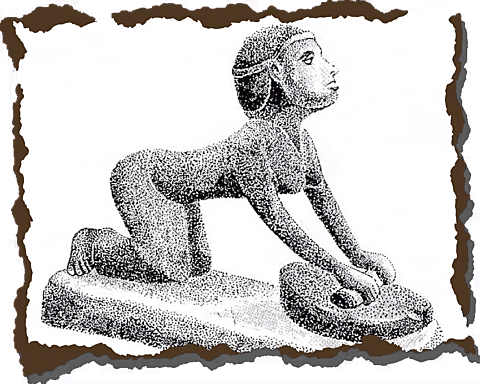Women in Milling Timeline
The Mills Archive Trust and the UK Flour Millers have joined forces to explore and celebrate the many and varied contributions women have made to the milling industry.
In our timeline we learn about trailblazers such the formidable Margery Kempe who launched her own brewing and milling empire in medieval Norfolk; and of the many thousands of women whose largely unsung contribution kept Britain from going hungry during the two World Wars, alongside the social and economic reality for women of the time.
Women in Milling Timeline
2001-2022

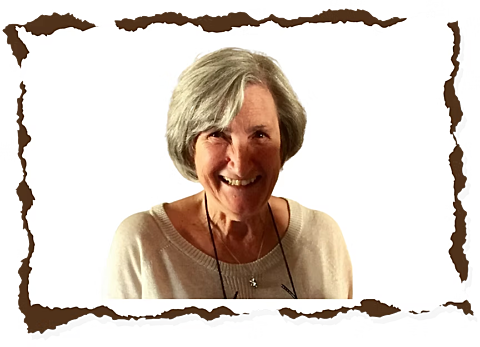
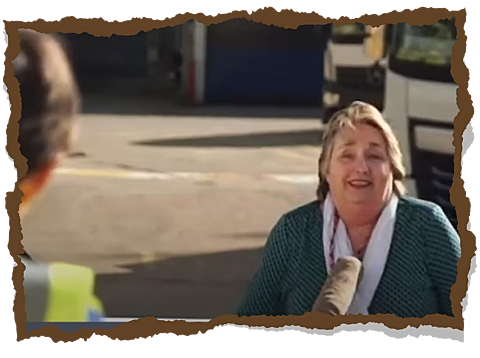
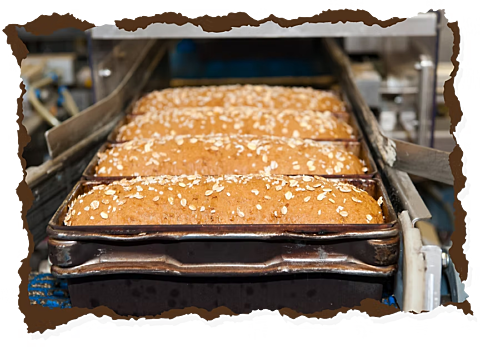
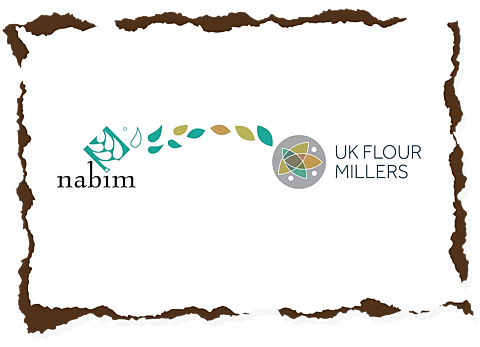
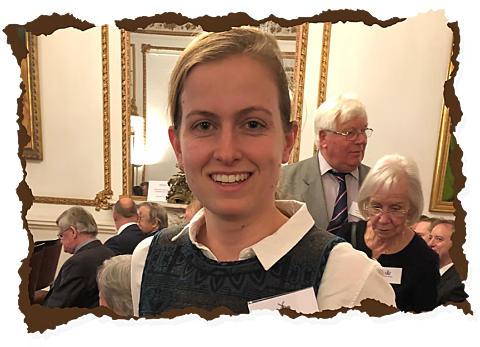
Covid-19 strikes; first lockdown begins 23 March; baking becomes the nation’s favourite hobby during lockdown; pre-packed flour sales reach new heights for both roller and traditional millers

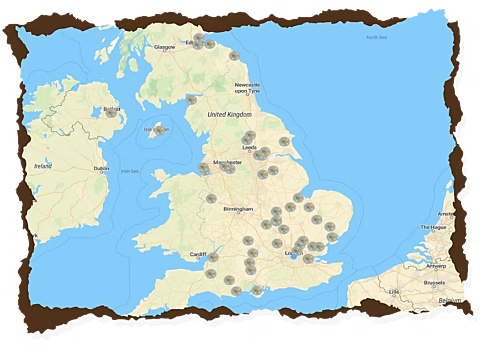
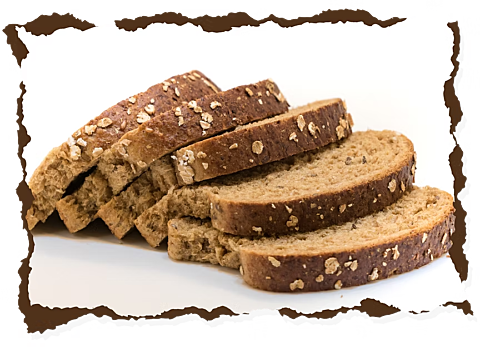
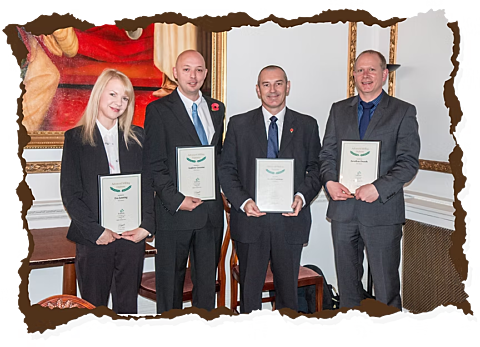
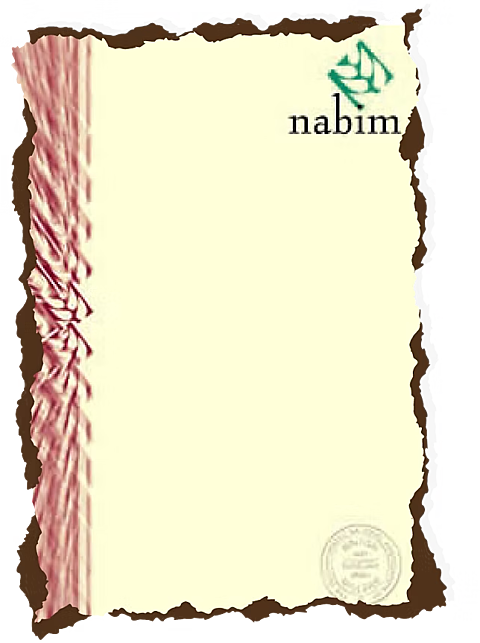
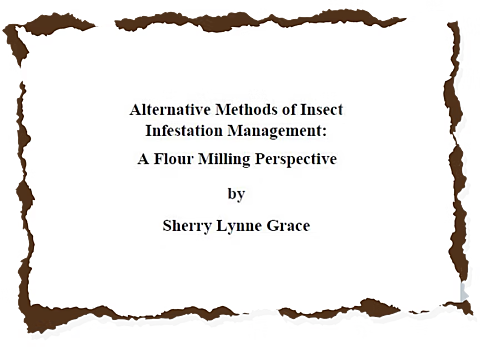
Women in Milling Timeline
1939-45 World War II


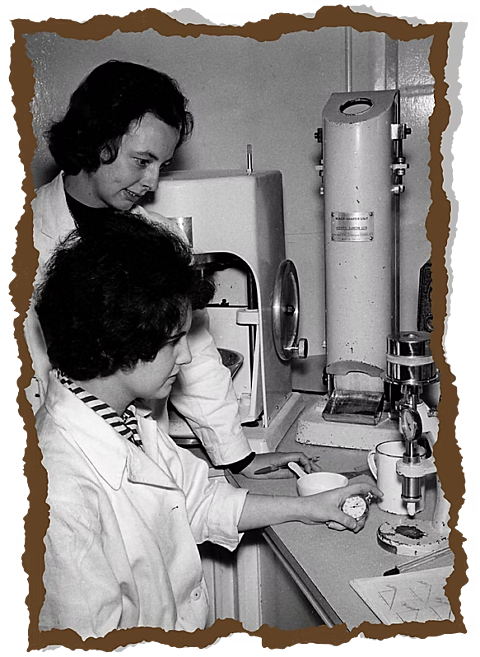

The Sex Discrimination Act makes it illegal to discriminate against women in employment, education and training
In Britain women are allowed to join the stock exchange for the first time
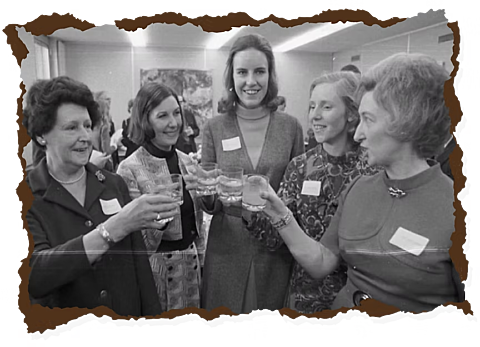
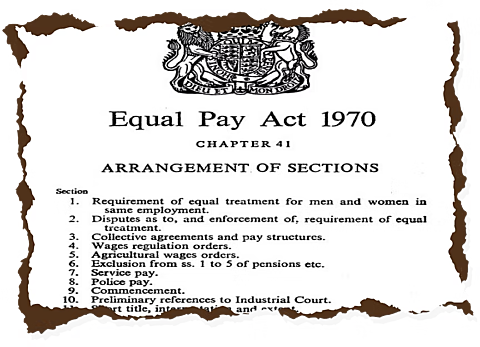
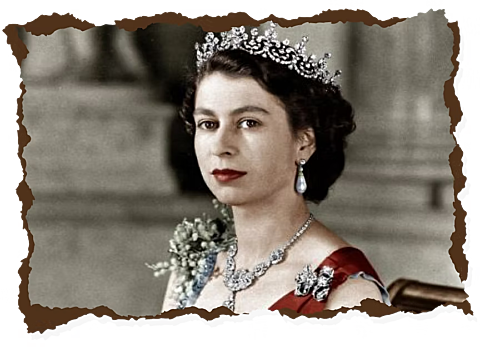
Julia Hawkins dies and her daughter Ivy takes over the running of Redbournbury Mill on her own
(06/11) An article in the Milling magazine discusses the work of women as truckers for flour mills
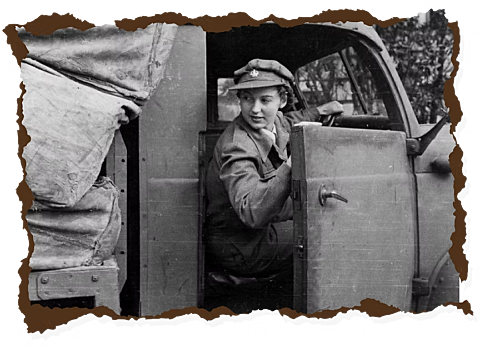
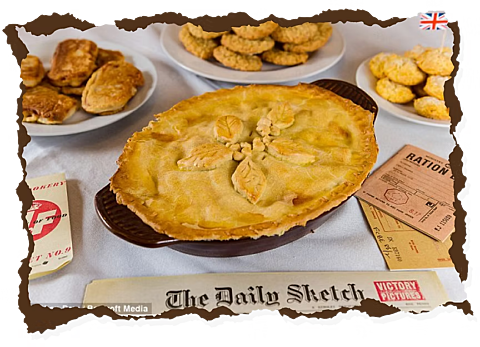
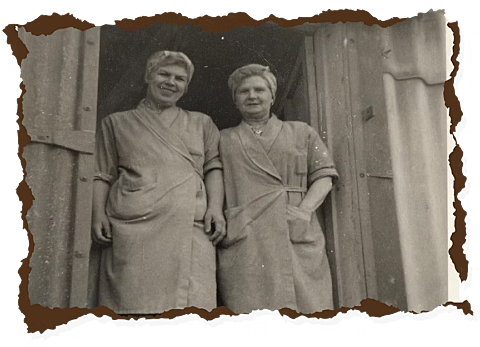
Legislation regarding the health and safety of women at work, set the maximum weight to be lifted by women at 65Ib, or about 30 kg
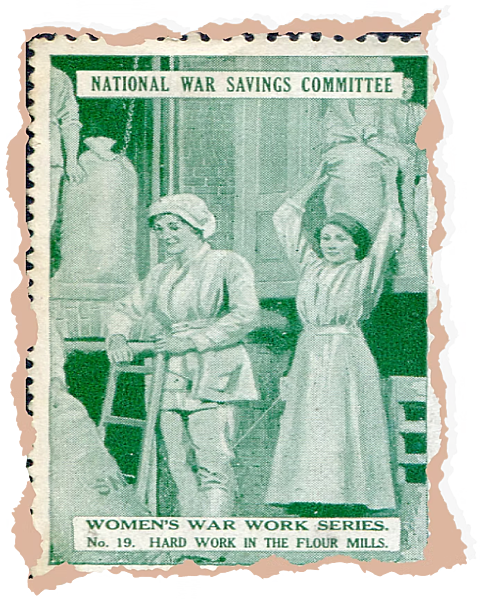
Britain’s wartime leaders mandated use of 85% extracted flour (85% of the grain must be kept when milled and the bran and germ couldn’t be entirely disposed of). This was very similar to the wholemeal loaf advocated by Mary Ann Yates Corkling in the Bread Reform League, more than 30 years earlier
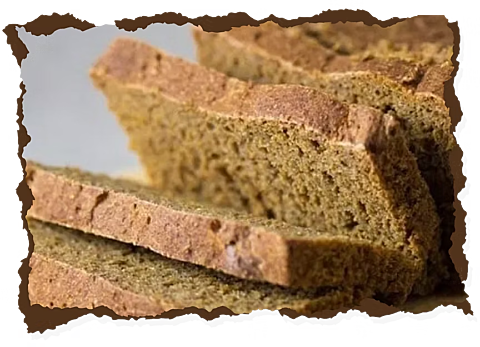
National Service Act legalised the conscription of women for war work, including in munitions factories, aircraft & tank factories, shipbuilding yards, or they could join the Auxiliary Territorial Service, the Women’s Auxiliary Air Force or the Women’s Royal Navy Service (WRENS).
Women’s Land Army (founded during WW1) was revived; at its peak there were 80,000 members replacing male agricultural workers who had been conscripted.

Women in Milling Timeline
1914-18 World War I

(June) Pamphlet produced by the Transport & General Workers Union lists jobs permitted for women in mills and associated wages: ‘Work in the sack shop, including sack sewing machines’, ‘Packing small bags under sixty pounds in weight’, ‘Sweeping’, ‘Cleaning (machinery excepted)’, and ‘Messroom attendance’.
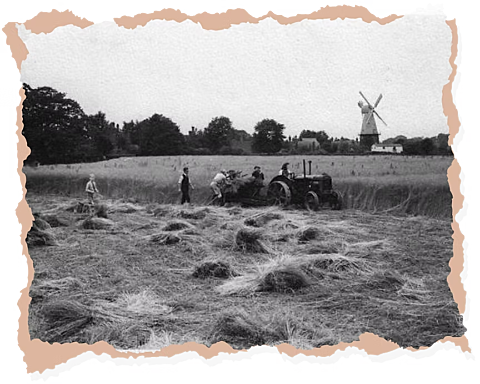
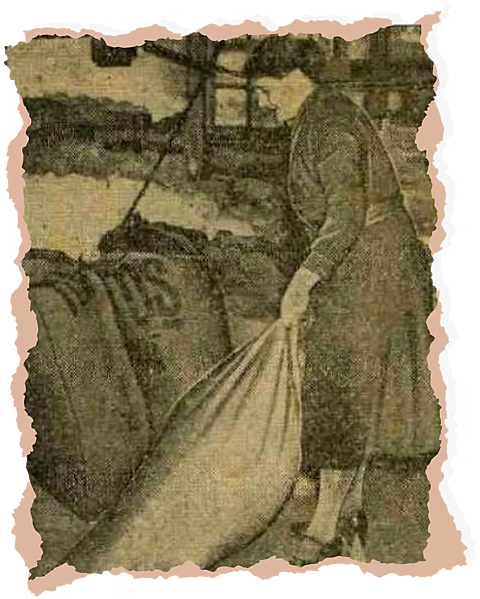
Certain professions are opened to women: they can be solicitors, barristers, vets and chartered accountants; they are also allowed to be magistrates and members of juries
Factory Inspector’s report on women in the workplace: ‘It is permissible to wonder whether some of the surprise and admiration freely expressed in many quarters over new proofs of women’s physical capacity and endurance, is not in part attributable to lack of knowledge or appreciation of the very heavy and strenuous nature of much of normal pre-war work for women, domestic and industrial.’
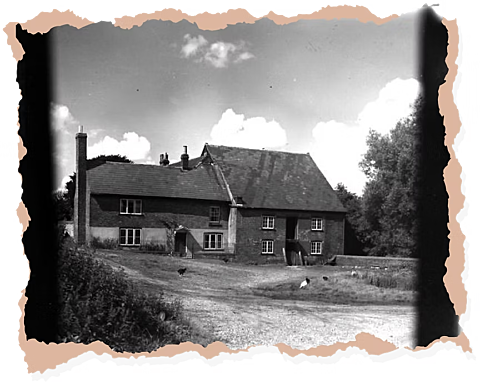
The UK milling industry funded the provision of two hospital trains to take wounded soldiers from the Front to Calais at a cost of £26,000. The trains were labelled, “The Gift of the Millers of the UK”.
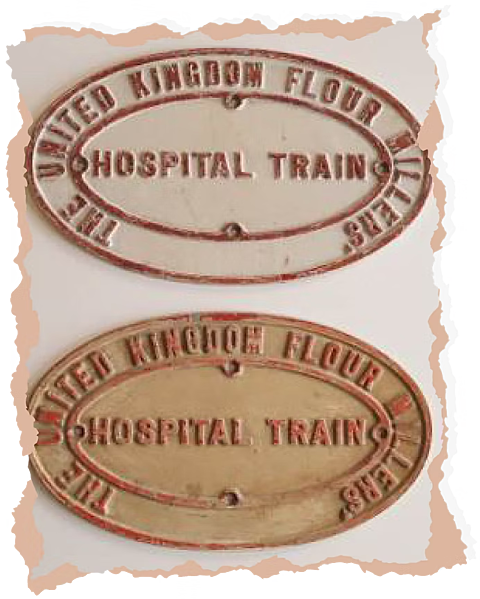
c.2 million women replaced men at their jobs – working on the land, in transport, hospitals, industry and engineering as well as taking on clerical roles.
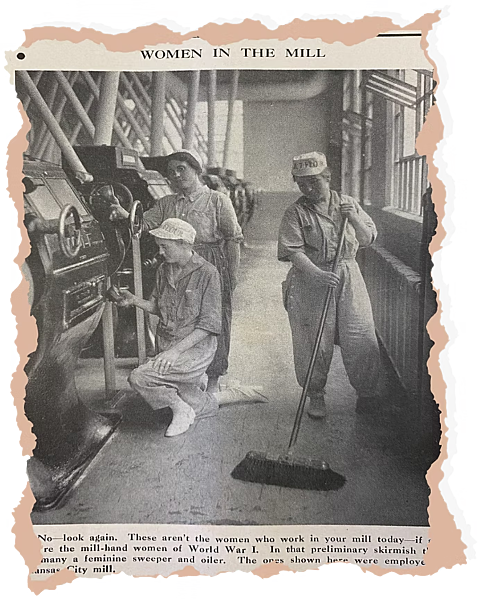
Women in Milling Timeline
1853-56 Crimean War
(the first war in which women were properly organised as nurses to go out and serve the army. Both Florence Nightingale and Mary Seacole served.)
Women in Milling Timeline
1642 - 51 English Civil War

Death of suffragette Emily Davidson when she ran in front of the king’s horse at the Epsom Derby
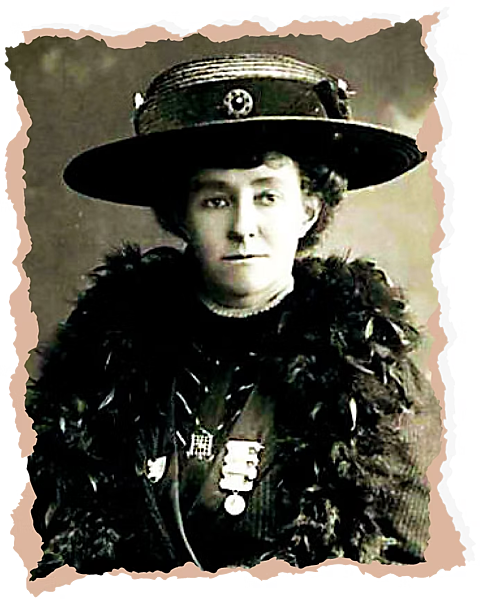
Doris Grant, British nutritionist who invented the national wartime loaf, was born
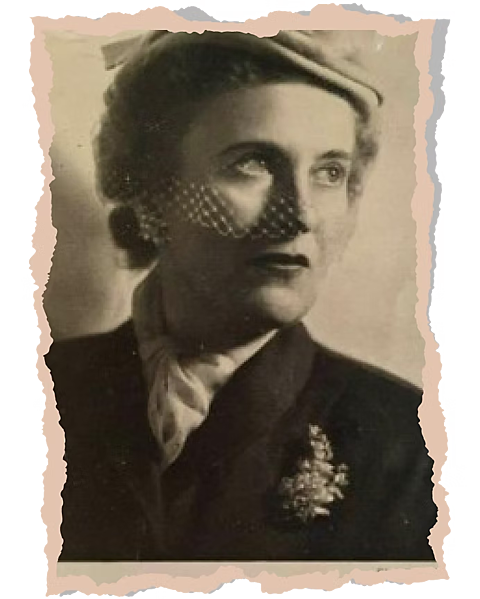
British entomologist, Eleanor Omerod successfully discovered the means to control the mill moth. Her body of work on injurious insects and farm pests was vast and recognised the world over and included an honorary degree from the University of Edinburgh in 1900 – the first woman to receive such an honour. In 2017 the University of Edinburgh named their research cloud computing service “Eleanor” after her.
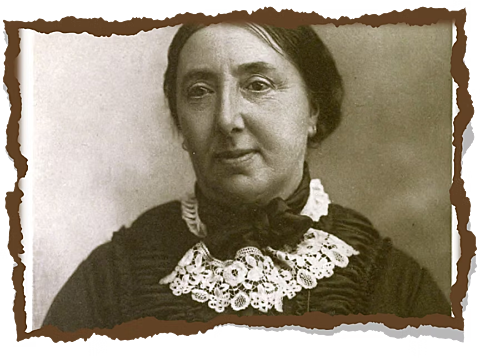
Another milling journal, Milling, was first published in the UK
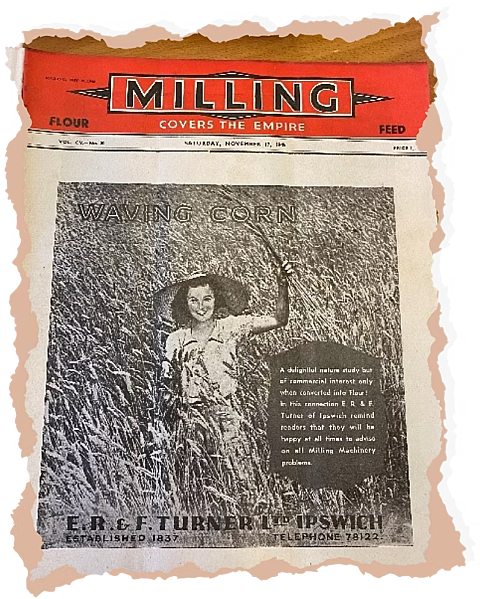
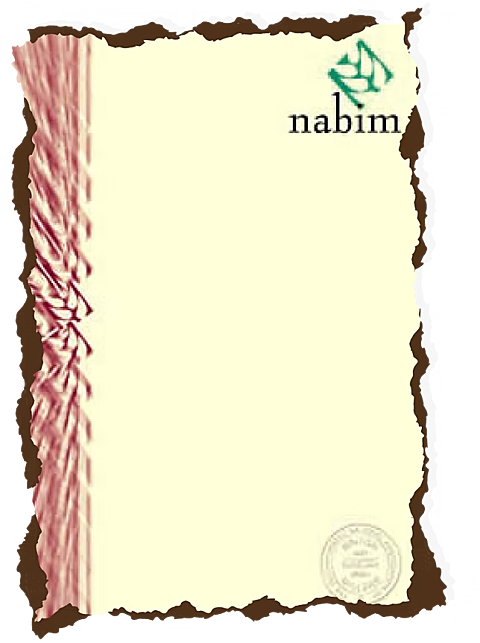
Women are allowed to vote in county and borough elections
(16/10) Mary Ann Yates Corkling created the Bread Reform League in England
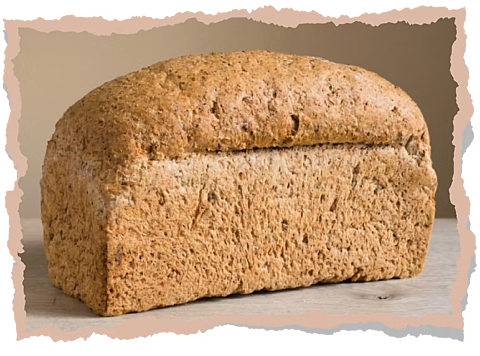
Three women are awarded degrees by University of London – first degrees to be awarded to women by a British university
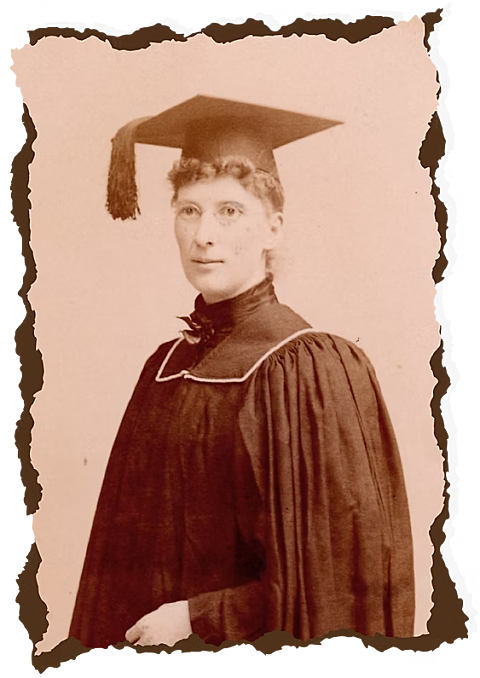
Law bans women from working more than 56 hours per week
Henry Gustav Simon introduced a roller flour milling plant for McDougall Brothers in Manchester; beginning the roller flour mill revolution in the British flour industry
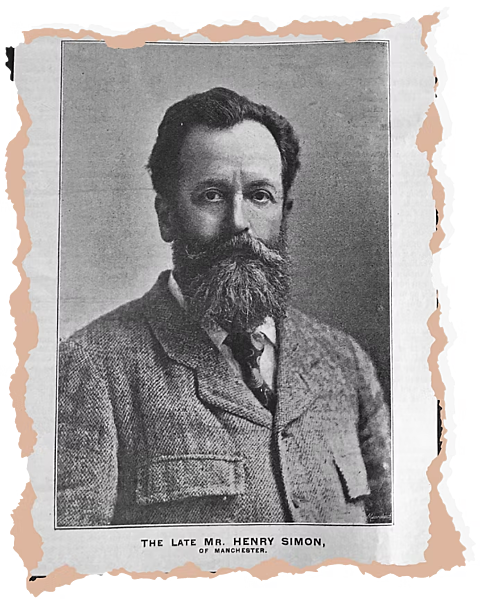
The National Association of British and Irish Millers (nabim) was formed for ‘mutual advancement and protection’ in the light of the ‘great changes which are now in progress in the manufacture of flour, and in the machinery used for that purpose’.
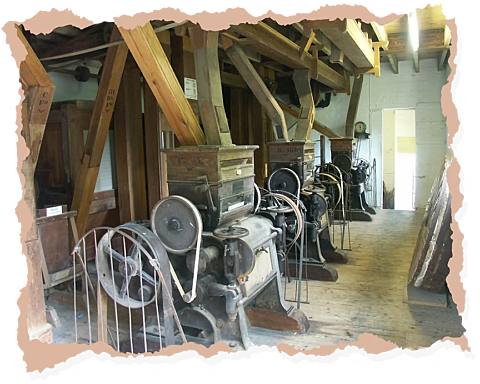
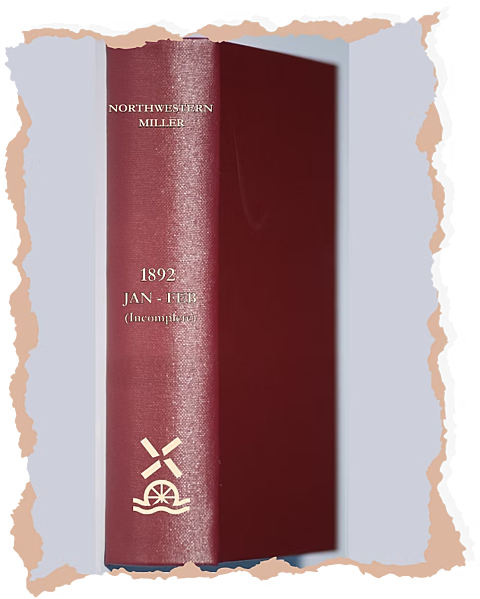
First roller mill originating in Hungary in the late 1870s; this new process involved passing the grain between sets of rotating metal rollers or “rolls”

John Stuart Mill publishes The Subjugation of women
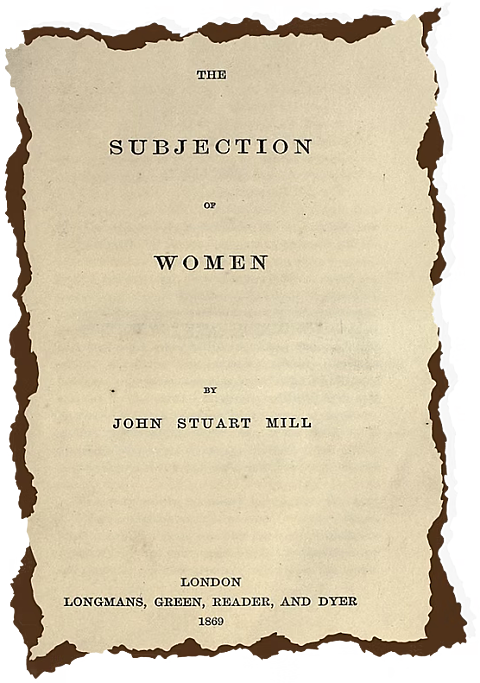
Women are first admitted to university in Britain but are awarded ‘proficiency certificates’ not degrees
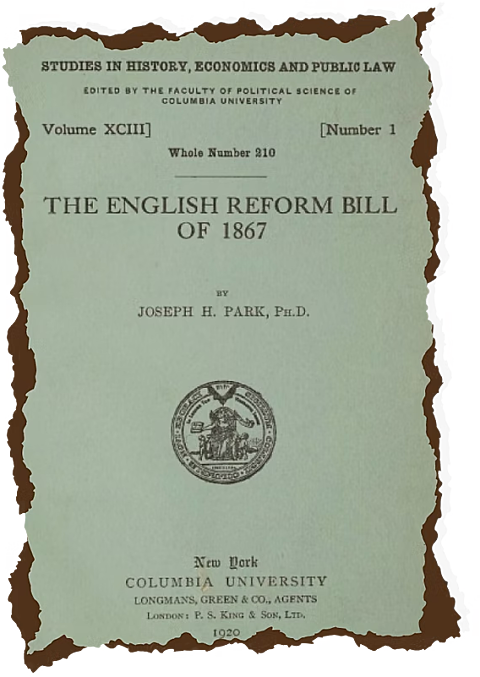
Act forbids women to work more than 10 hours per day in any factory
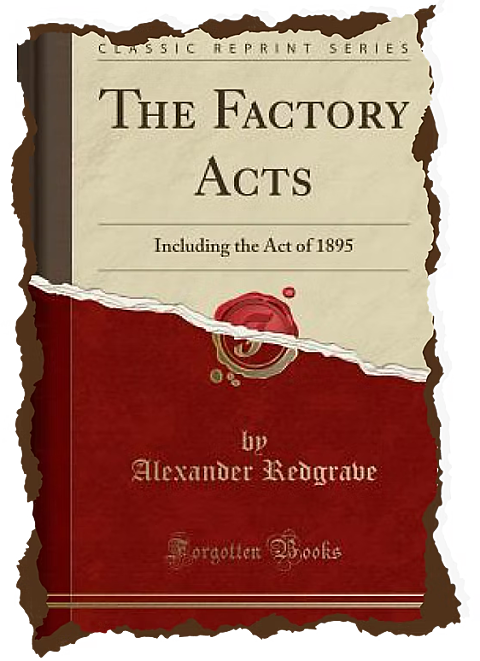
Beginning of organised activity in support of votes for women; this steps up in the 1880s
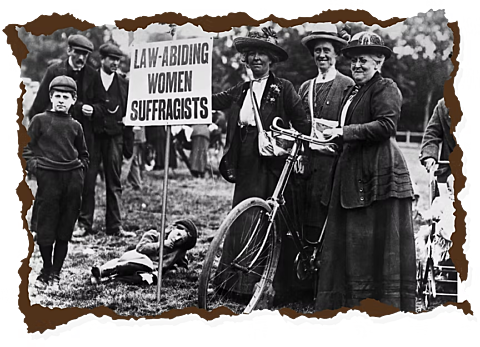
Women in Milling Timeline
1348 Black Death

Sarah Robertson & Son was listed in the Norwich Trade Directory (Sarah was a miller, along with two of her sons)
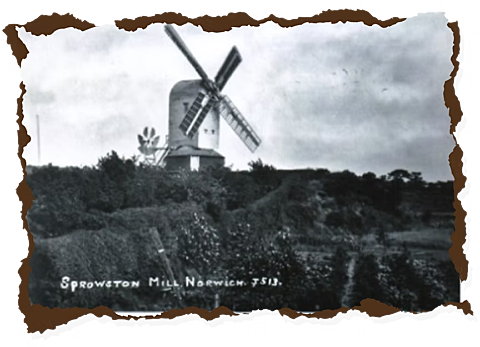
Factory Act – women and children could only work 10 hours a day in textile factories
Corn Laws repealed

People’s Charter (one man one vote)
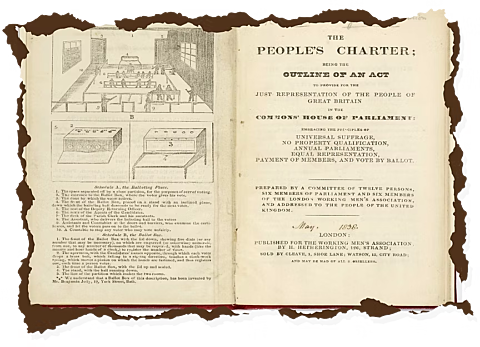
Queen Victoria comes to the throne
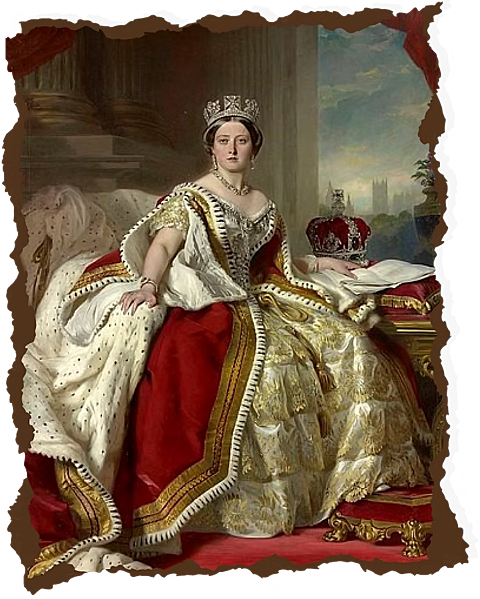

(11/10) Mary Dobell declared bankrupt and creditors took over her mill at Cranbrook
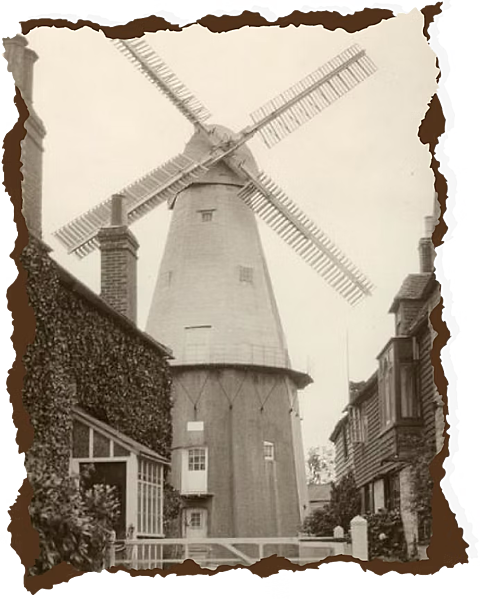
Implementation of the Corn Laws – tariffs on imported food and grain
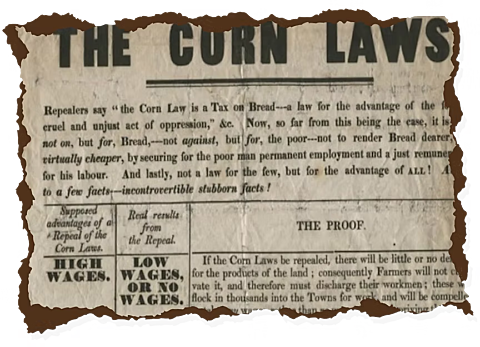
Windmill in the town of Skeerness was completed (commissioned by Mary Dobell)
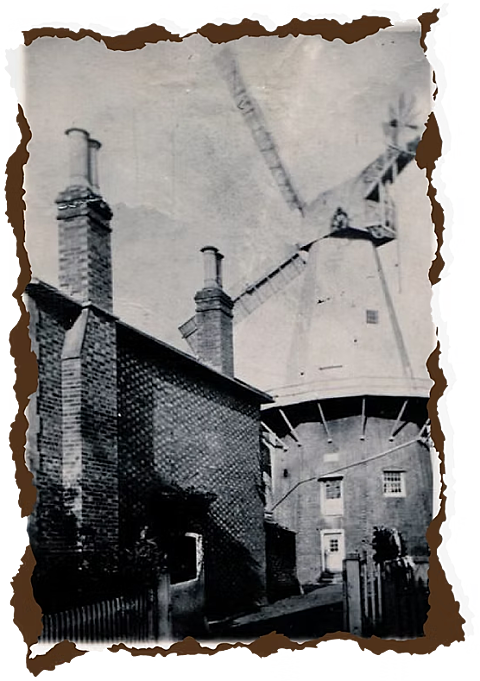
Charlotte Tuffnell, miller of Chesham, was born
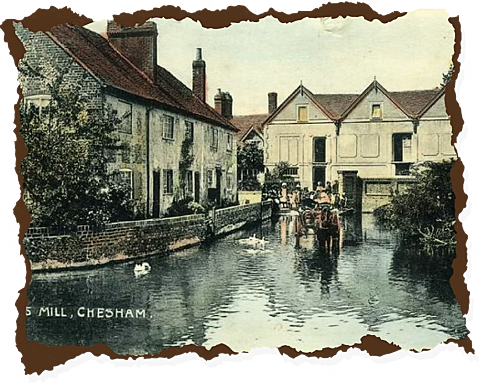
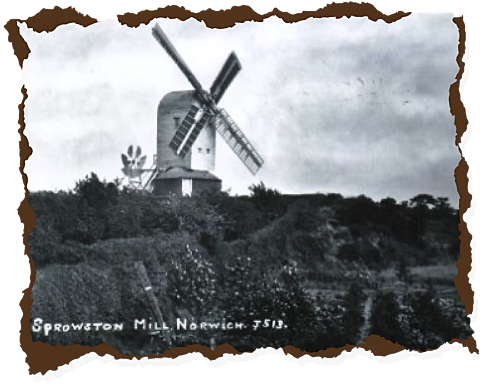
Mary Wollstonecraft publishes A Vindication of the Rights of Women

Mary Dobell – mill owner, tallow chandler, mother and bankrupt – was born
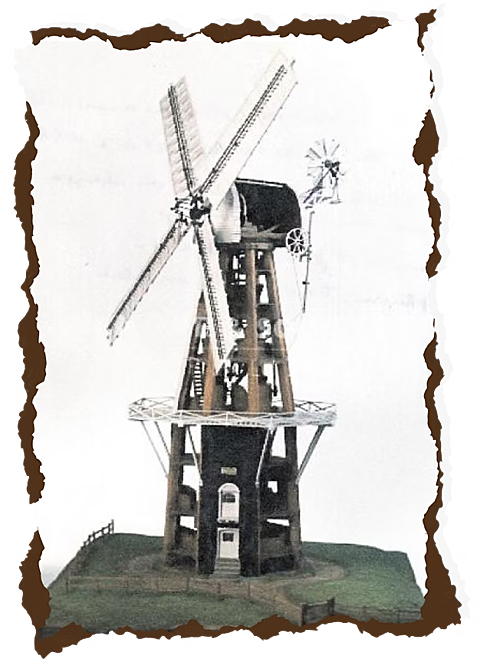
Sybilla Righton Masters (1676 – 1720) was the first woman to be granted a patent by George III for milling corn
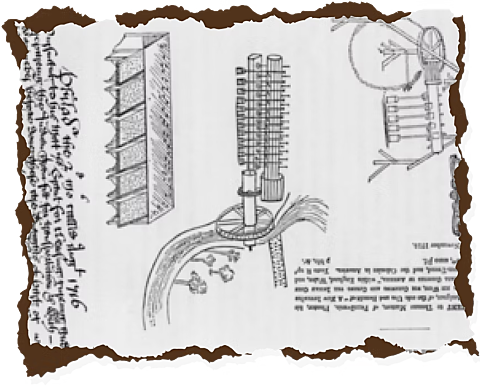

The Goodmans took five millers – including a woman, Margaret Bavand – to court, accusing them of grinding corn taken out of the city to the detriment of Dee mills. Margaret was the only miller to give a defence, which was unsuccessful. She continued in spite of the ruling until she was forced to cease milling in 1570
Joan Roundell granted a 20-year lease for three windmills, and a long lease for another 4 years later, after her husband died

Margery Kempe - pilgrim, vision-seer, mill owner and the first woman about whom a biography was written - was born
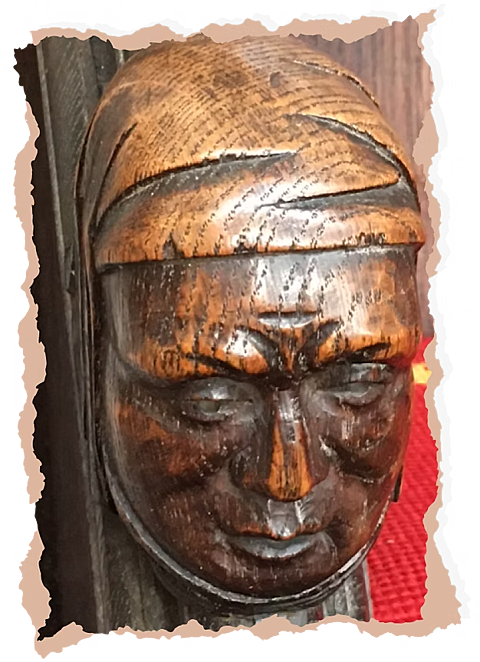
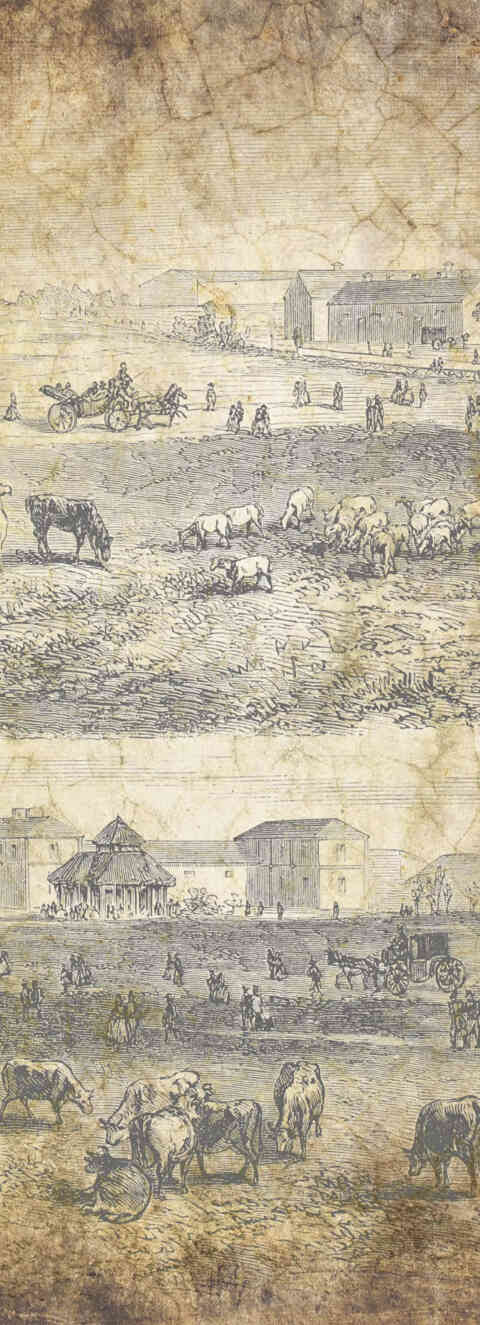
John of the Mills charged Agnes of Staines and her husband, Martin of Feltham, with using a handmill to grind their grain, therefore denying him the multure (grain or flour to be paid to a miller in return for grinding grain in the miller’s mill) they owed him
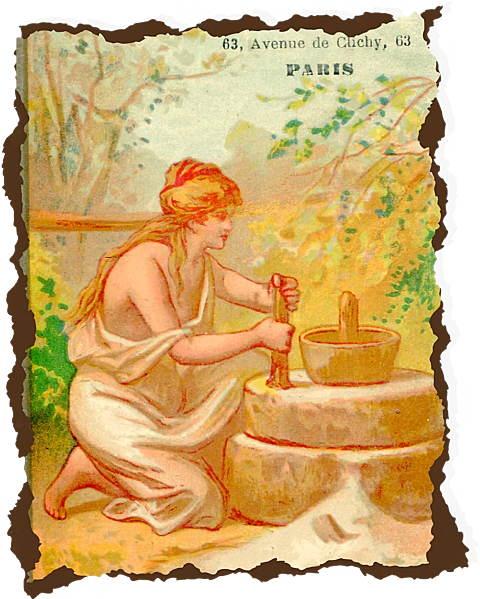
Emma and Philip Burnham acquired land to build a post mill
Beatrice of Somerton donated her windmill to Hickling Priory
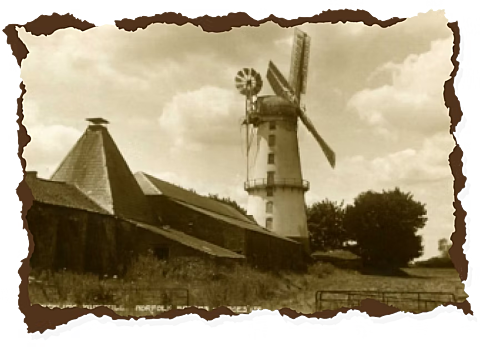
Earliest written references to windmills in England: one an existing mill at Weedley, Yorkshire, and the other to a mill built in 1180 at Amberley, Sussex (“The Mills of Medieval England”, Richard Holt, 1988 and
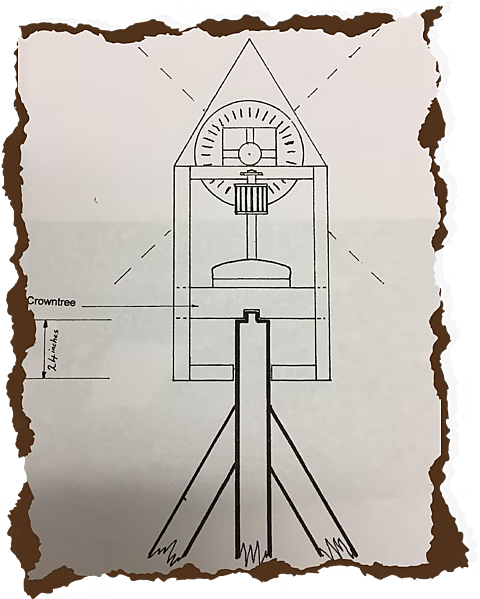
Agnes of Mountchesney made donations to Benedictine nuns and included the donation of her windmill to the Abbey
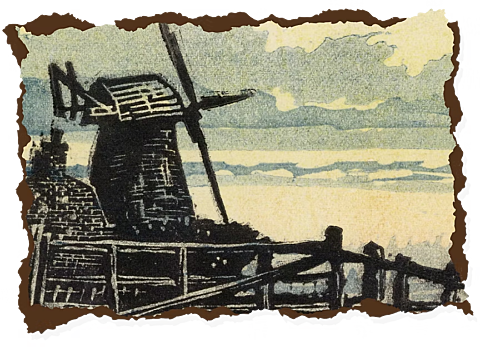
Rohesia, sister of Thomas Becket, received King’s Mill (a watermill), also known as Eastbridge Mill, from King Henry II as he sought her forgiveness
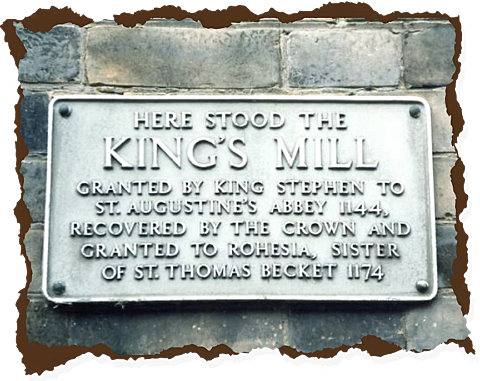
The Domesday Book – listed 5,624 watermills
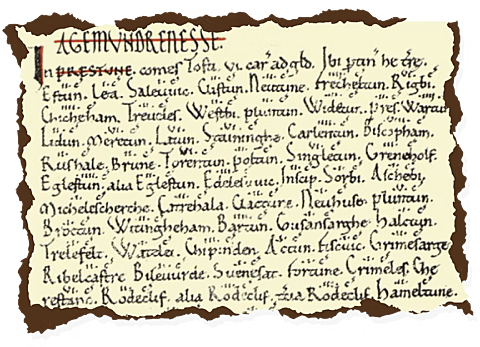
Evidence of pestle and mortar use to crush grain
A small, sculpted model of a female servant from Ancient Egypt. She is shown kneeling at a grooved stone surface, upon which she grinds a stone back and forth, crushing the grain (“Women’s Work: The First 20,000 Years”, Elizabeth Wayland Barber, 1994 p204)
